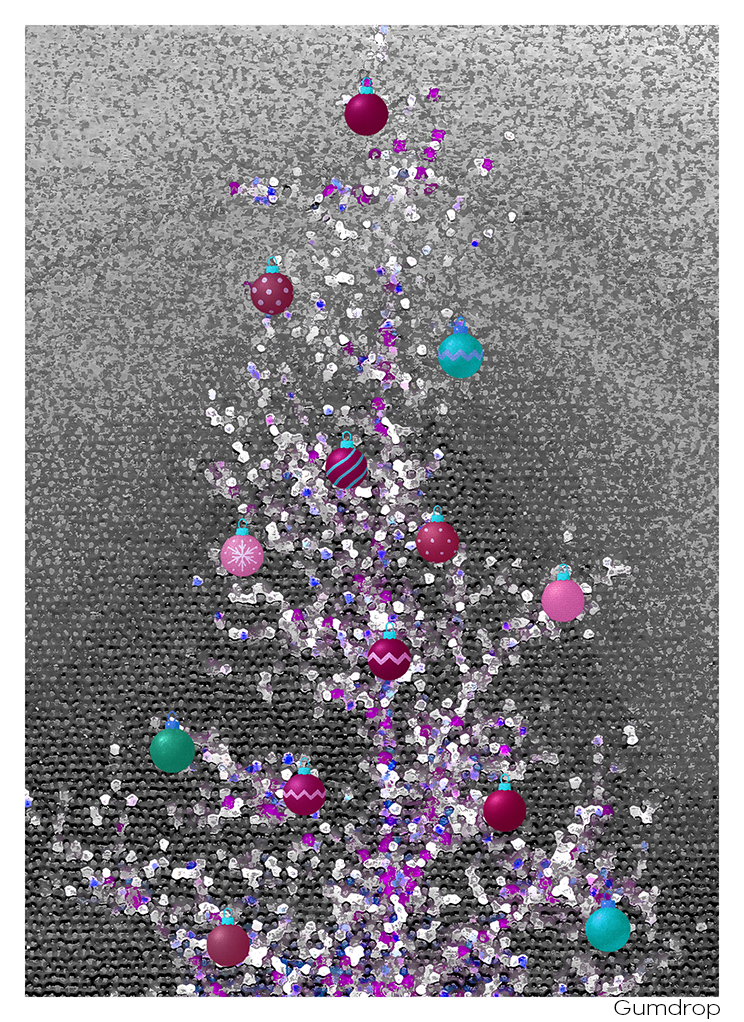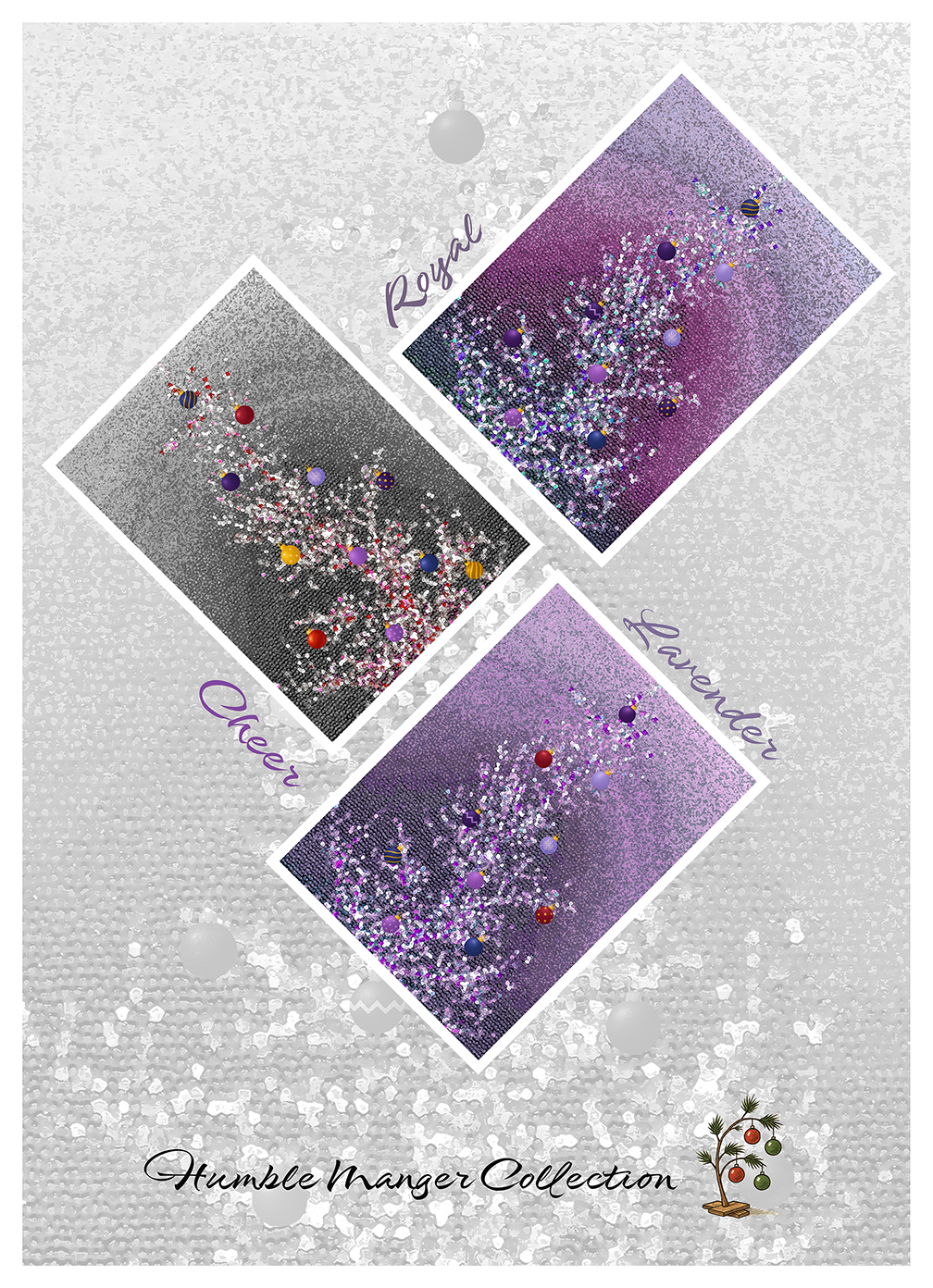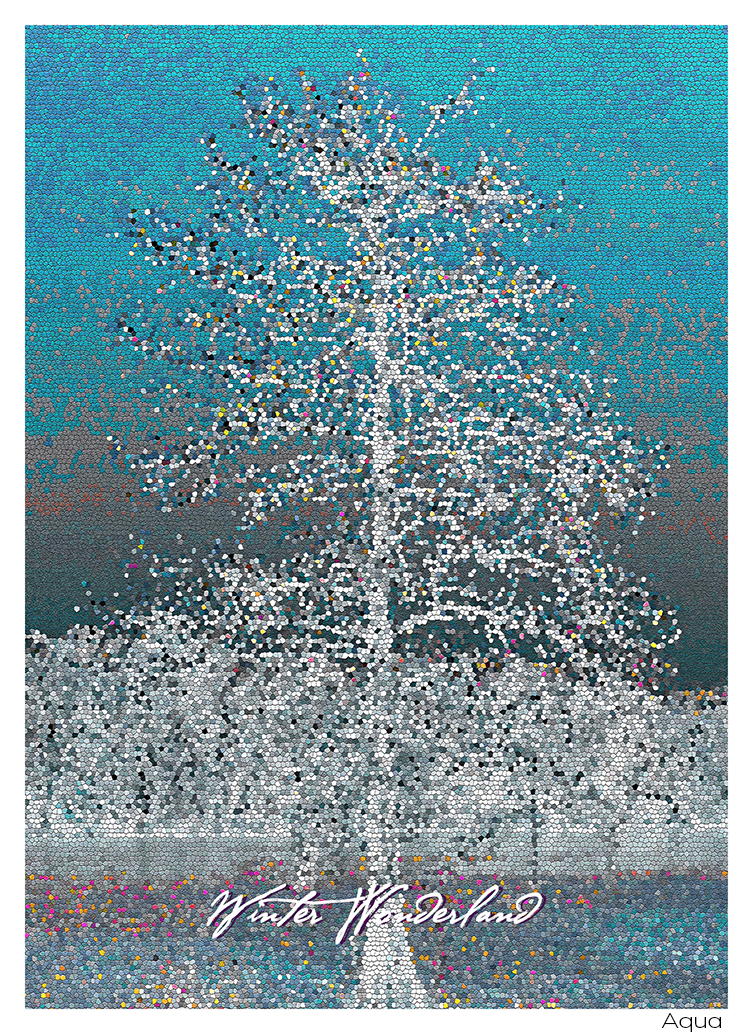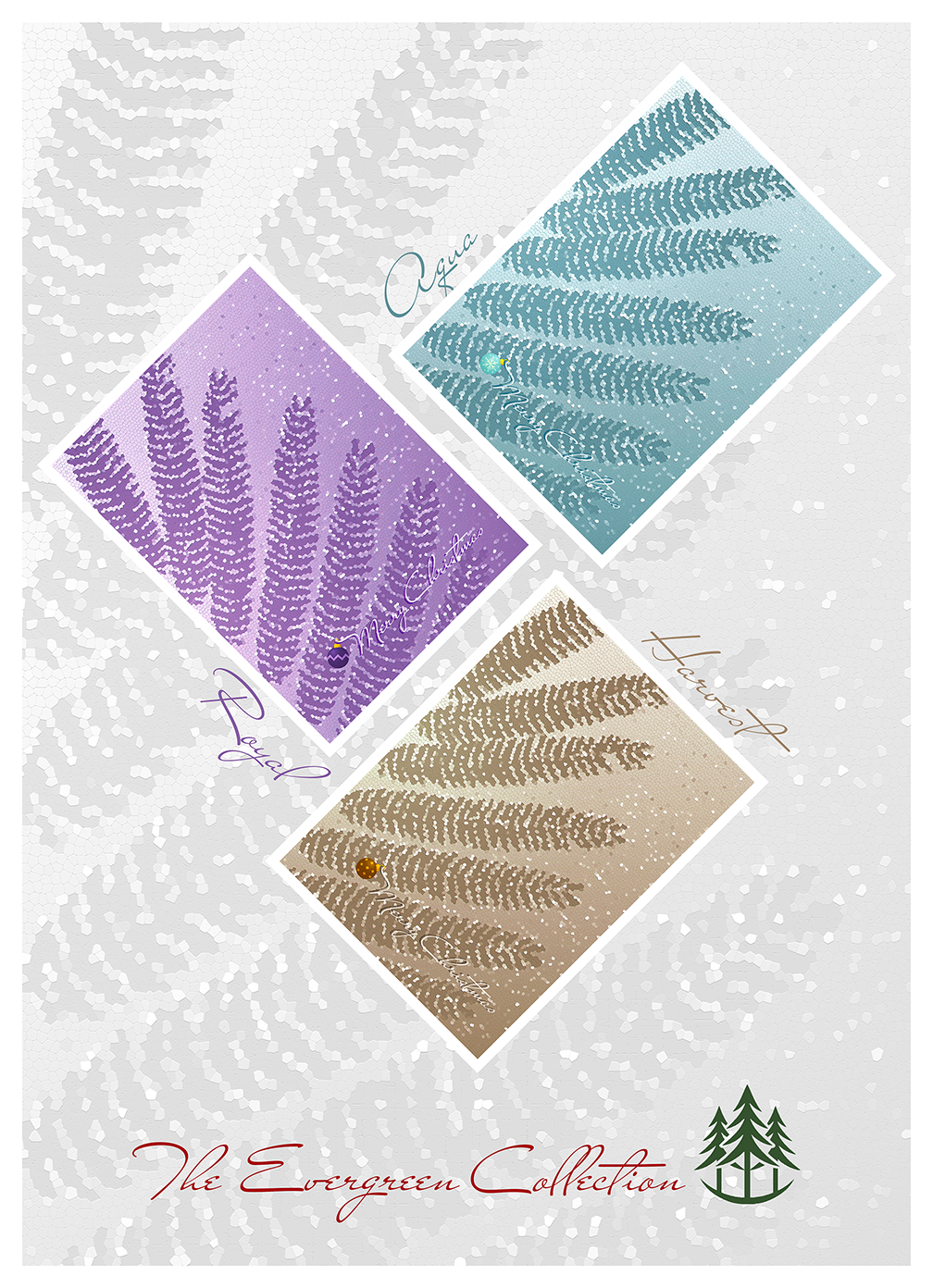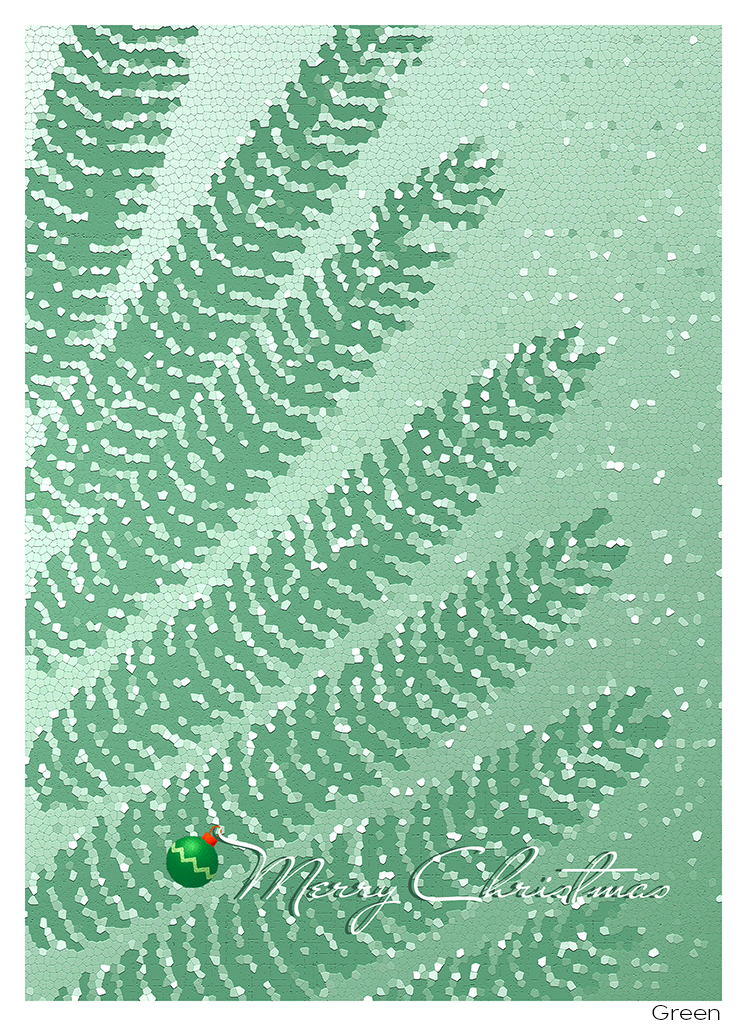Christmas Cards
Celebrate the season and share love with your friends and family with custom greeting cards from PSP. Four collections blend visual poetry with timeless sentiment. Each 5x7 card is mantle-worthy, meaning-rich and is ready for your own custom greeting. Offered in traditional and delightful colors, these series invite reflection and warmth, one card at a time. Each card comes with an envelope and official US stamp! Skip the post office and order today.
Humble Manger Collection
Available in nine colors, the “Humble Manger” collection symbolically showcases the reason for the season. A lone tree, unassuming yet radiant, sets against a worn graffiti-like wall that whispers hope. The design speaks of grace and echoes the manger’s message. Peace on earth and goodwill towards our fellow human. Professionally printed on premium 5x7 matte stock, send your loved ones a selection from Humble Manger. See a full and detailed image of all cards in image shop!
Create your own greeting!
Wishing you peace, joy, and all the magic this season brings. May your home be filled with laughter, love, and lasting memories. We’re holding you close in our hearts. With love, at Christmas — The Johnson Family
Winter Wonderland Collection
Available in six color choice, cue the skates and cocoa—Winter Wonderland channels vintage winter charm with a stark tree silhouette and frosty river glow. It’s the kind of scene you’d find on an old postcard or tucked inside a snow globe. “Winter Wonderland” graces the cover in classic script, and the bold color lineup pops in premium 5x7 format. Mantle-ready, nostalgia-packed. See a full and detailed image of all cards in image shop!
Create your own greeting!
As the year draws to a close, we’re grateful for the light you bring into our lives. May this season bless you with serenity and hope. With heartfelt wishes, — Camille & Renée
Evergreen Collection
A quiet nod to the refreshing crisp of winter, Evergreen captures the soft curve of a pine bough dusted in snow. Each card features a delicately scripted “Merry Christmas” and is available in six rich hues: Aqua, Royal, Sage, Harvest, Mint, and Wild Berry. Printed on premium 5x7 matte stock, this series is mantle-worthy and made to be remembered. See a full and detailed image of all cards in image shop! Available in six color choices.
Create your own greeting!
Rejoicing in the birth of our Savior and praying this season renews your spirit. May grace and goodness follow you into the new year. Blessings and love, — Marcus, Tasha, and Eli
The Passion Collection
Rooted in tradition and rich in meaning, The Passion collection was created from a single image of the passionflower. Each card features a sacred cross motif set against a backdrop of rich gradients. “He Is Risen” graces the front in solemn script, honoring the season’s sacred message. Offered in six colors and printed in premium 5x7, it’s mantle-worthy and spiritually resonant. See a full and detailed image of all cards in image shop!
